Foresights and ideas that expand minds and inspire a change of heart.
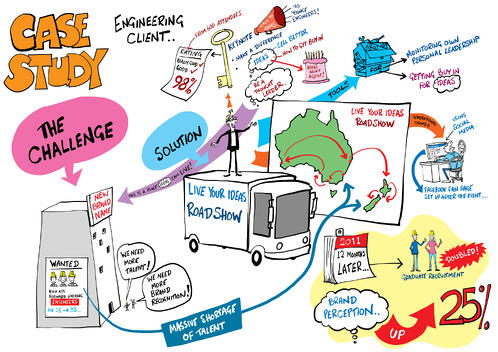
Beyond challenges in healthcare like patent expiries, generic inroads, patient visits declining, and health apps proliferating, leadership of a younger demographic of pharma talent is a complex key to pharmaceutical companies' futures.
Let me list 3 ideas that can be useful in the way you scenario plan your talent engagement strategy for 2020. These 3 ideas will span talent attraction, engagement and retention, and all have a leadership focus.
Because of social media, we're all in media today. Whether you like it or not. Companies need to start thinking like media companies, in order to attract suitable talent at the recruitment stage of the talent management life cycle. While using social media like YouTube, Facebook, and Twitter to attract talent to an organisation is not necessarily something new, it sends an important message that this is an organisation that is ready to embrace a brave new world, is transparent and cognisant of new ways of communication - and consequently gets new school leadership.
While social media media often belongs to the marketing function, it is equally important for HR purposes. Having an active social media presence shows that the organisation understands new ways of communication and innovation, both internally and externally. This is critical to your talent engagement strategy.
One organisation I have recently been consulting with were able to boost their employer brand by 25%, and double their graduate uptake of Millenials/Gen Y in 12 months as a result of a proactive social media integrated campaign across the major platforms. Deloitte Australia now saves about $6 million annually on its recruitment costs by using social media and internal employee referrals instead of recruiters. That's one of the reason social media matters.
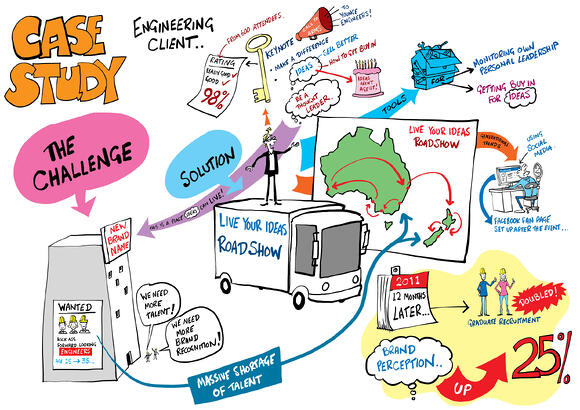
But, why is this engagement with social media important from a leadership perspective? Well, firstly it communicates that leadership understands the younger demographic's need for social connection, promotes opportunity for them to be heard, and connects with the innovation opportunity that social media entails. If a company's website is stiff, rigid, and a one-way publication of corporate "speak", talent assume that the internal culture and leadership style of the organisation will mirror that outward appearance.
So what can pharma companies do to translate this social media mindset into leadership behaviours and internal communication platforms?
For more information on how to use social media in your pharma recruitment strategy, why not download the State of Play of Social Media Report now?
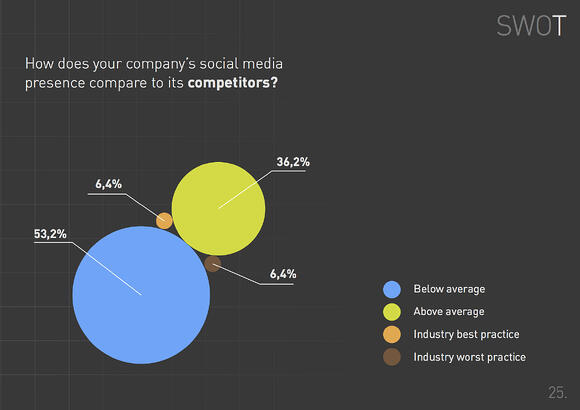
Finally to truly understand a new generation of consumers of healthcare products, it's always a great idea to truly understand the same demographic inside your organisation. Think of them like a future focus group.
My late grandmother, Ingrid, in Sweden once upon a time told me: "Anders, you know the problem with the young generation today is that they want to go to work ... and have fun". For a depression-era lady, this notion was totally incomprehensible. Work was for the purpose of putting food on the table, not for entertainment. Good leadership today requires the ability to create a fun, playful and engaging workplace for its staff. This is not just for the benefit of the Millenials by the way. Generation X and Baby Boomers tend not to dislike a fun, playful and engaging workplace either. The difference is that Millenials demand it. They have read about Google's 20% time, Facebook's organic food, and Zappo's hippie-esque culture. They also know from Best Buy case studies that engagement is directly relevant to productivity and profit. Fun for them has as much to do with being in flow, as it has to do with common business sense.
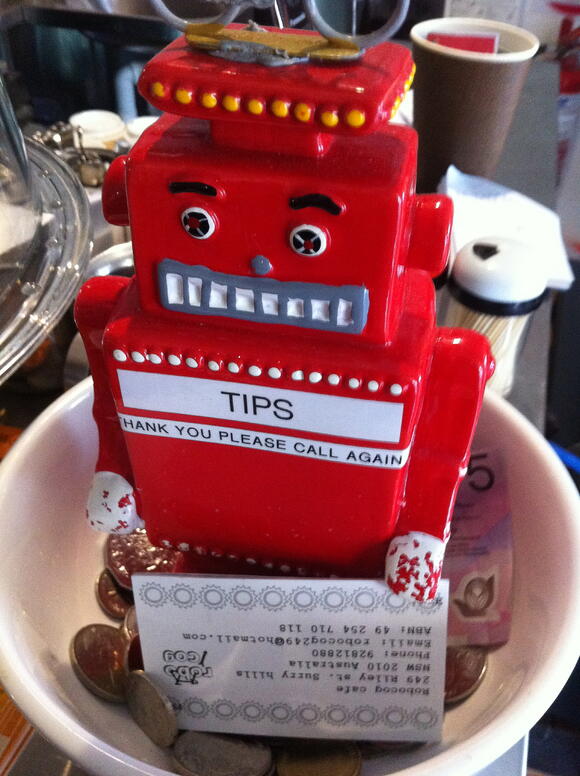
As leaders, we are now competing with computer games and online games like World of Warcraft which have mastered the art of engagement.
One of my pharma clients found that by re-designing its offices to be more cafe/kindergarten-like it accomplished the following productivity gains:
But you don't necessarily have to re-design the work space to show good leadership and understanding of new work behaviours. Flexible work arrangements like the introduction of ROWE (results only work environment) which is kind of like TiVo for work - you do it when you feel like it as long as it's delivered on time - can also boost playfulness, engagement and productivity. At Best Buy, for example, the institution of ROWE boosted productivity by 39% on average across business functions.
Flexible and trusting work arrangements like these show good leadership and respect for diversity, and productivity styles.
It's said that employees are attracted to an employer brand, but will leave a manager. Today, this is additionally important because staff now have outlets like Bossrater.com, eBossWatch.com, and Glasdoor.com where they can rate the individual leaders in your organisation. As bloggers, and social media natives, this generation expects to be heard. The question is whether your leaders enable your Millenial staff to be heard - not just to complain about PM processes, but to also actively contribute their thought leadership and innovative ideas for the good of the company.
Emotionally intelligent leadership today includes the ability to listen and act on great ideas - no matter where they come from in the organisation. Ideas are not ageist, and if there are high tech or high touch platforms where Millenials can contribute their ideas for realisation, you have displayed great New Decade Leadership.
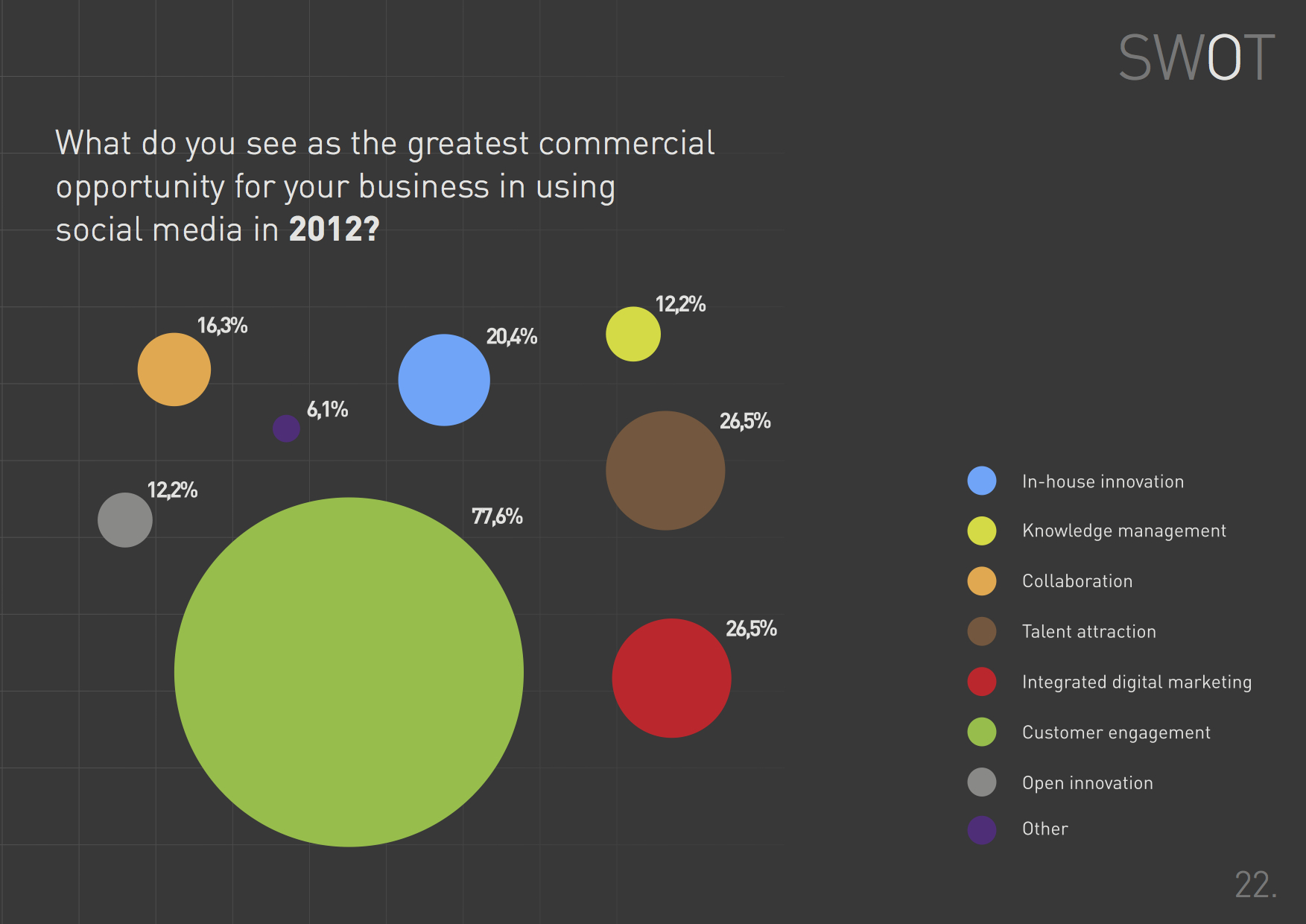
Cisco, one of my clients, does this pretty well. Its entire senior management team is dedicated to the idea of promoting Cisco as a thought leader, and to boost its execs as thought leaders. A great additional leap to this would be to promote a thought leadership culture among its emerging talent as well. Giving young staff the ability to contribute to, to blog, to speak at conferences, and offer their ideas in innovation fora, will engage and retain the talent that will shape your organisation in the future. Furthermore, it creates an outspoken and transparent culture. This also transfers responsibility and accountability to Millenials to better express their ideas, to understand the idea of stakeholder management, and to proceed with emotional intelligence in their communications to more senior staff.
As an advisor to Delta's social media-based innovation program "Ideas in Flight", I can see the application of thought leadership and innovation as great retention tools for Millenials as great ideas bubble to the top, and staff feel like they are actively shaping the future of the organisation's services and culture. Equally, I have seen this work in Pharma, where in one organisation, the focus on social innovation led to a very productive conversation about the overhaul of the organisation's PM processes.
For the TED generation, it's not necessarily the pay package that will retain them today, but rather the opportunity to spread ideas both internally and externally, and which can positively change your organisation and its impact that will make a difference. Whether it be via casual conversations by the espresso machine, via online 'likes' of ideas on your social media, or at a global conference for executives - the ability to listen and provide platforms for innovative, young ideas is crucial today. In some ways, this might be the next phase in 'servant leadership'.
Have a think about:
Here are some quick take-aways to consider for pharmaceutical talent engagment:
For more information on how to use social media in your pharma recruitment strategy, why not download the State of Play of Social Media Report now?

Header Text
Lorem ipsum dolor sit amet, consectetur adipiscing elit, sed do eiusmod tempor incididunt ut labore et dolore magna aliqua. Ut enim ad minim veniam, quis nostrud exercitation ullamco laboris nisi ut aliquip ex ea commodo consequat. Duis aute irure dolor in reprehenderit in voluptate velit esse cillum dolore eu fugiat nulla pariatur.
Lorem ipsum dolor sit amet, consectetur adipiscing elit, sed do eiusmod tempor incididunt ut labore et dolore magna aliqua. Ut enim ad minim veniam, quis nostrud exercitation ullamco laboris nisi ut aliquip ex ea commodo consequat. Duis aute irure dolor in reprehenderit in voluptate velit esse cillum dolore eu fugiat nulla pariatur.
Lorem ipsum dolor sit amet, consectetur adipiscing elit, sed do eiusmod tempor incididunt ut labore et dolore magna aliqua. Ut enim ad minim veniam, quis nostrud exercitation ullamco laboris nisi ut aliquip ex ea commodo consequat. Duis aute irure dolor in reprehenderit in voluptate velit esse cillum dolore eu fugiat nulla pariatur.

Header Text
Lorem ipsum dolor sit amet, consectetur adipiscing elit, sed do eiusmod tempor incididunt ut labore et dolore magna aliqua. Ut enim ad minim veniam, quis nostrud exercitation ullamco laboris nisi ut aliquip ex ea commodo consequat. Duis aute irure dolor in reprehenderit in voluptate velit esse cillum dolore eu fugiat nulla pariatur.
Lorem ipsum dolor sit amet, consectetur adipiscing elit, sed do eiusmod tempor incididunt ut labore et dolore magna aliqua. Ut enim ad minim veniam, quis nostrud exercitation ullamco laboris nisi ut aliquip ex ea commodo consequat. Duis aute irure dolor in reprehenderit in voluptate velit esse cillum dolore eu fugiat nulla pariatur.
Lorem ipsum dolor sit amet, consectetur adipiscing elit, sed do eiusmod tempor incididunt ut labore et dolore magna aliqua. Ut enim ad minim veniam, quis nostrud exercitation ullamco laboris nisi ut aliquip ex ea commodo consequat. Duis aute irure dolor in reprehenderit in voluptate velit esse cillum dolore eu fugiat nulla pariatur.

Header Text
Lorem ipsum dolor sit amet, consectetur adipiscing elit, sed do eiusmod tempor incididunt ut labore et dolore magna aliqua. Ut enim ad minim veniam, quis nostrud exercitation ullamco laboris nisi ut aliquip ex ea commodo consequat. Duis aute irure dolor in reprehenderit in voluptate velit esse cillum dolore eu fugiat nulla pariatur.
Lorem ipsum dolor sit amet, consectetur adipiscing elit, sed do eiusmod tempor incididunt ut labore et dolore magna aliqua. Ut enim ad minim veniam, quis nostrud exercitation ullamco laboris nisi ut aliquip ex ea commodo consequat. Duis aute irure dolor in reprehenderit in voluptate velit esse cillum dolore eu fugiat nulla pariatur.
Lorem ipsum dolor sit amet, consectetur adipiscing elit, sed do eiusmod tempor incididunt ut labore et dolore magna aliqua. Ut enim ad minim veniam, quis nostrud exercitation ullamco laboris nisi ut aliquip ex ea commodo consequat. Duis aute irure dolor in reprehenderit in voluptate velit esse cillum dolore eu fugiat nulla pariatur.
& STAY UP TO DATE WITH FORESIGHTS AND TREND REPORTS!
WE WILL EQUIP YOU WITH THE VIDEOS AND MATERIALS YOU NEED TO SUCCESSFULLY PITCH ASN.
0 Comment